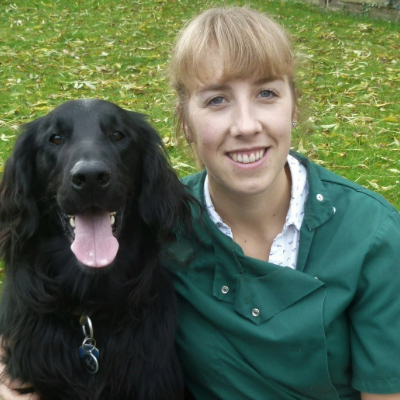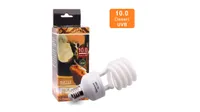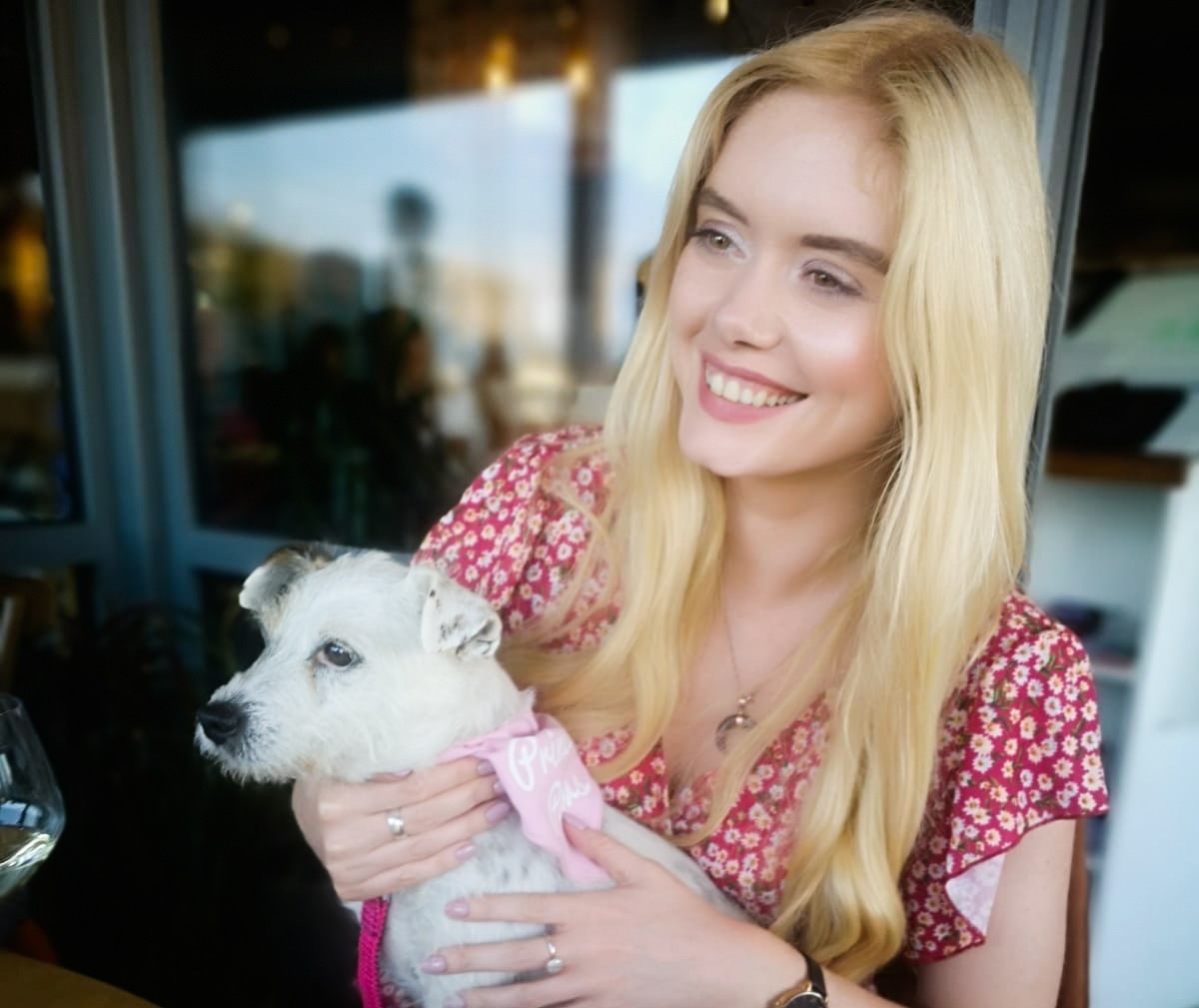Bearded dragon care: How to keep your pet reptile healthy and happy
Want to learn about bearded dragon care? Here are five ways to give them a healthy and happy life.

Bearded dragon care involves feeding them a varied diet, keeping their vivarium at the right temperature, and giving them enough vitamins to stay healthy. These beautiful creatures have very specific requirements, so if you’re thinking about adopting one, it’s important to know what their needs are.
It’s worth bearing in mind that the amount of exercise and the size of their enclosure is dependent on the type of bearded dragon you have. Younger lizards also need to be kept in warmer temperatures as they’re still growing and therefore, burn more energy.
Below, we’ve shared our top five tips for bearded dragon care and recommended some must-have products to buy:
Tips for bearded dragon care
1. Invest in a decent vivarium for your bearded dragon
Bearded dragons need a highly specific environment to be comfortable, so it’s important you don’t skimp when buying a vivarium. According to the RSPCA, the minimum size for one adult dragon is 120cm long by 60cm high and 60 cm wide.
You can choose either a wooden vivarium or a plastic one. Plastic tends to be easier to clean and it reflects the light well inside the tank. Don’t worry about starting out with a large vivarium if you have a baby dragon, as they grow quickly. Fill it with lots of accessories, such as wood.
When it comes to temperature, Dr. Rebecca MacMillan says: "Adult bearded dragons (18 months upwards) should have a basking area that is 90-93 degrees Fahrenheit (32-33 Celsius) and a cooler part of their enclosure which is 80-90 degrees Fahrenheit (26 – 32 Celsius). They require this temperature gradient so that they can effectively regulate their body temperature."
If you're wondering, 'How long can bearded dragons go without heat?' this feature has the answer.
Get the best advice, tips and top tech for your beloved Pets
A UV tube light is also required at 10-12% in the hotter side of the vivarium, this is to ensure your bearded dragon remains healthy. Without it, they could develop metabolic bone disease that could significantly shorten their lifespan.
2. Switch the lights off at night
An important part of bearded dragon care is a clear routine for your reptile.
Switching off the lamps at night will help your beardie understand the cycle of day and night. However, in their natural habitat, they would normally remain warm at night.
While it’s not absolutely necessary for your bearded dragon to remain hot at night, if your home gets quite chilly, it’s worth investing in a ceramic heat emitter, which emits only heat and no light. Use a thermometer to measure the temperature in the vivarium and adjust accordingly.
This solid ceramic heat lamp is perfect for high-humidity environments like your bearded dragon’s vivarium. It doesn’t emit light, instead only “muscle penetrating” infrared heat which will make a more comfortable environment for your lizard at night.
3. Feed your bearded dragon a varied diet
To provide the best bearded dragon care, ensuring they get a varied diet of the right foods and water is imperative to their health and happiness. These reptiles are omnivores, meaning they’re content with a diet of insects and vegetables. Brown crickets are a standard on the menu and dragons find them easy to catch and digest. If you fancy treating your lizard every now and then, then try mealworms, cockroaches or waxworms for something a bit meatier.
Bearded dragons like leafy greens such as kale, and colorful vegetables such as peppers and carrots can make a salad more appealing to your beardie. Grating vegetables can provide different textures for them too. Avoid acidic foods such as onions, as these can cause stomach upset, and always include a big bowl of water in their vivarium. Both food and water should be kept on the cool side of the tank.
4. Make sure your bearded dragon gets enough vitamins
While your bearded dragon should get most of the vitamins and minerals they need from their food, you can also sprinkle vitamin powders on their food to supplement their diet.
This bulb provides your lizard with UBV, which helps with the synthesis of vitamin D3 and calcium absorption. It doesn't emit any dangerous UVC, so you can rest assured your dragon's eyes and skin are safe.
Your bearded dragon needs vitamin D3 to use the calcium they receive efficiently. They can get a lot of their Vitamin D through a UVB light, which is a requirement in your bearded dragon’s vivarium.
Your UVB light should be around 10-12%. A T5 Lamp is one of the best options here, as these have a range of 45-63cm and last up to 12 months. Be aware that the UVB rays will decline over time, so be sure to keep a note of when you bought it so you know when it’s time for a replacement.
If you are unsure of the UVB levels in your bearded dragon’s vivarium or you only have a low percentage UVB lamp, then you can always supplement your lizard's diet with some D3 powder and calcium powder.
5. Don’t overcrowd your bearded dragon
Bearded dragons are solitary creatures and they like a lot of space. This is why it’s important to provide them with a large tank from a young age, and be sure to remove accessories as and when they grow so they have enough room to move around. It is not generally recommended to keep more than one bearded dragon in a vivarium.
Always make sure you handle your bearded dragon with care, too. They like some attention, but make sure you hold their weight securely and never pick them up by the tail (that should go without saying).
When preparing to pick up your reptile, don’t stare them in the eyes or make any sudden movements as this can make them feel threatened. It’s also best to only take them out of the vivarium when it’s quiet and there are no other pets around as this may stress them out.

Final tips for the best bearded dragon care
Bearded dragons are a great pet to have, and while the set-up costs can seem expensive, if given the right care, they are generally low-maintenance pets.
If you’re thinking of getting a bearded dragon, just remember that they still need love and attention, so you will still need to invest a lot of time in your pet to ensure they get the right amount of engagement and mental stimulation from you. Remember these five tips and your bearded dragon will live a long and happy life!
You might also want to read: How long do bearded dragons live? and 32 types of reptiles you can keep as a pet.

Rebecca is a vet surgeon who graduated in 2009 from the Royal Veterinary College in London. She has a wealth of experience in first opinion small animal practice, having done a mixture of day-to-day routine work, on-call emergency duties and managerial roles over the years. She enjoys medicine in particular and she is proud to have recently achieved a BSAVA postgraduate certificate in small animal medicine (with commendation).
Sarah is a freelance writer and marketer, covering a variety of topics from lifestyle and fitness to sustainability and travel. When she’s not writing for PetsRadar or other websites, she can be found looking after her pet chickens or relaxing with a cuppa and a cute doggo snoozing on her lap!
- Dr. Rebecca MacMillanVet
- Megan MilsteadStaff Writer




